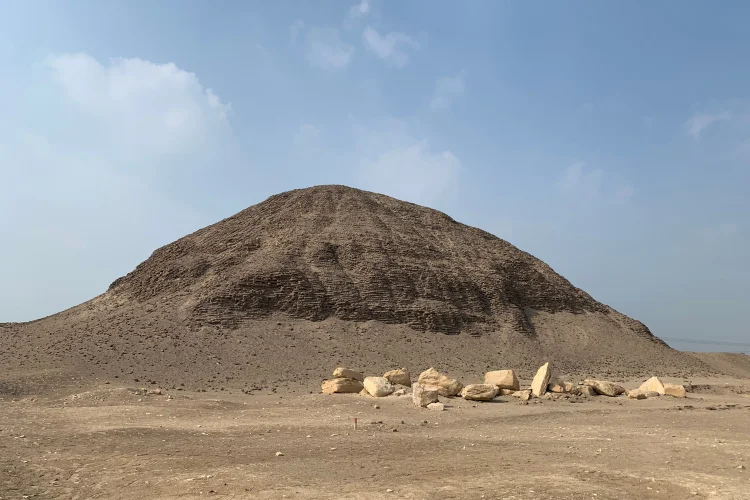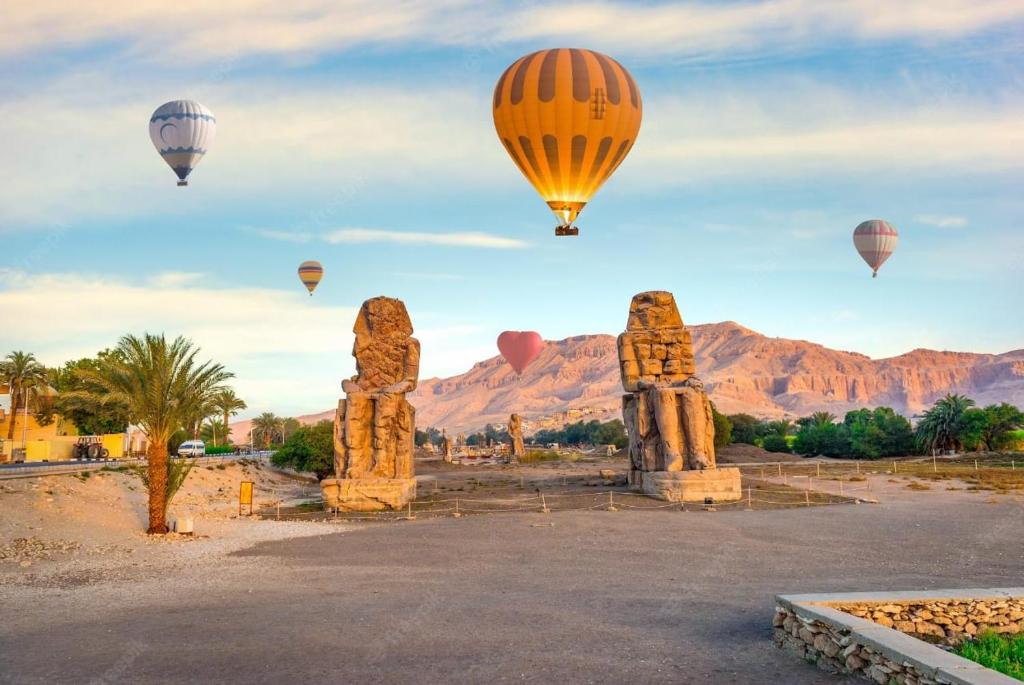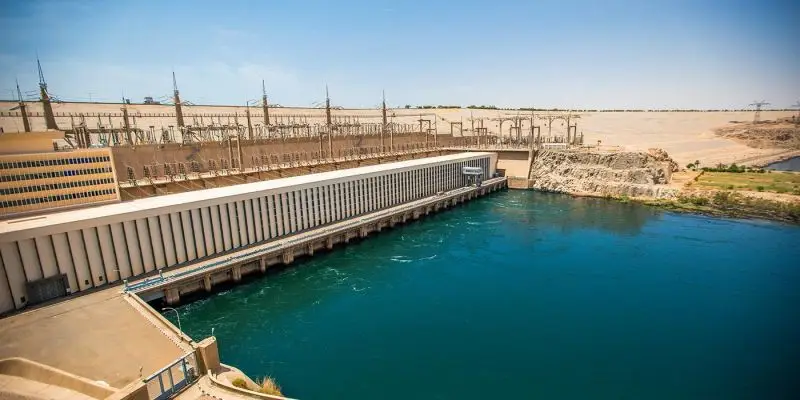The Pyramid of Hawara is a remarkable ancient monument built by Pharaoh Amenemhat III during Egypt’s Twelfth Dynasty. Located near the city of Fayoum, this pyramid stands out for its unique construction techniques and its association with the legendary Egyptian Labyrinth. Though much altered by time and erosion, the Pyramid of Hawara remains a captivating site that reveals much about Middle Kingdom architecture, funerary practices, and royal power. Desert Cruise offers visitors an exceptional opportunity to explore this hidden gem of Egypt’s heritage.
History of the Pyramid of Hawara
The Pyramid of Hawara was constructed around 1850 BC under Pharaoh Amenemhat III, one of the last great rulers of the Middle Kingdom. It was his mortuary pyramid and served as his final resting place, following his earlier “Black Pyramid” at Dahshur. The pyramid’s original height was approximately 58 meters, with sides about 105 meters long. Over millennia, it has suffered significant erosion, leaving only a fraction of its original height, but the remaining grandeur still reflects its former magnificence.
How Was the Pyramid of Hawara Built?
The Pyramid of Hawara was built with a core of mudbrick covered by polished limestone casing, demonstrating ancient Egyptian ingenuity in combining local building materials. Its inner burial chamber was carved from solid quartzite and housed a massive sarcophagus weighing nearly 110 tons. The pyramid complex included many chambers and vestibules linked by corridors designed to protect the pharaoh’s body and treasures. Uniquely, the pyramid was surrounded by a vast mortuary temple complex known as the “Labyrinth,” celebrated in ancient times for its elaborate design and multifunctional uses.
Location of the Pyramid of Hawara
Located about 9 kilometers southeast of Fayoum city, the Pyramid of Hawara occupies a strategic position within the Fayoum Oasis region. This location was chosen for its fertile surroundings and proximity to major trade and administrative routes, reflecting the political power and economic prosperity of Amenemhat III’s reign. The attached labyrinth once served as a palace, administrative center, and place of worship, making the site a focal point of Middle Kingdom activity.
What Makes the Pyramid of Hawara Unique?
The Pyramid of Hawara is unique due to its construction using mud bricks encased in a polished limestone facade, a technique that contrasts with the purely stone pyramids of other periods. The massive quartzite sarcophagus within is one of the largest ever found. Furthermore, the adjacent Labyrinth complex was famed by Herodotus and Greek historians for its maze-like design, blending palace, administrative, and religious functions into a single sprawling compound. This extensive complex remains one of the greatest lost achievements of ancient Egyptian architecture.
Fascinating Facts About the Pyramid of Hawara
- The pyramid originally stood 58 meters tall, but erosion has reduced it to about 20 meters today.
- Mudbrick was the main building material for the core, covered by fine limestone casing.
- The burial chamber contained a huge one-piece quartzite sarcophagus weighing around 110 tons.
- The pyramid was surrounded by the “Labyrinth,” a grand temple complex likened to a maze by ancient historians.
- Despite grave robbers and the passage of time, many unique artifacts and inscriptions have been found on site.
- The pyramid’s construction reflects Middle Kingdom innovations and the final phase of large pyramid construction in Egypt.
- Groundwater has been a persistent problem, submerging parts of the pyramid’s entrance and hindering excavation efforts.
How Desert Cruise Makes Your Visit Special
Desert Cruise provides expertly guided tours to the Pyramid of Hawara and the surrounding archaeological sites. Visitors gain exclusive insights into the historical, cultural, and architectural importance of the site from knowledgeable guides. The tours include access to less crowded areas of the Fayoum region and highlight the connection between the pyramid, the labyrinth, and the prosperous Middle Kingdom reign of Amenemhat III, ensuring a rich and memorable experience.
Conclusion
The Pyramid of Hawara stands as a testament to the craftsmanship, innovation, and religious fervor of Egypt’s Middle Kingdom. Despite weathering and partial collapse, it remains a vital archaeological and historical asset, offering valuable lessons about Egypt’s dynastic evolution. Coupled with the famed Labyrinth complex, the Pyramid of Hawara invites travelers to explore a lesser-known but extraordinary chapter of ancient Egypt. Visiting with Desert Cruise transforms this journey into an enriching discovery of Egypt’s monumental past.




